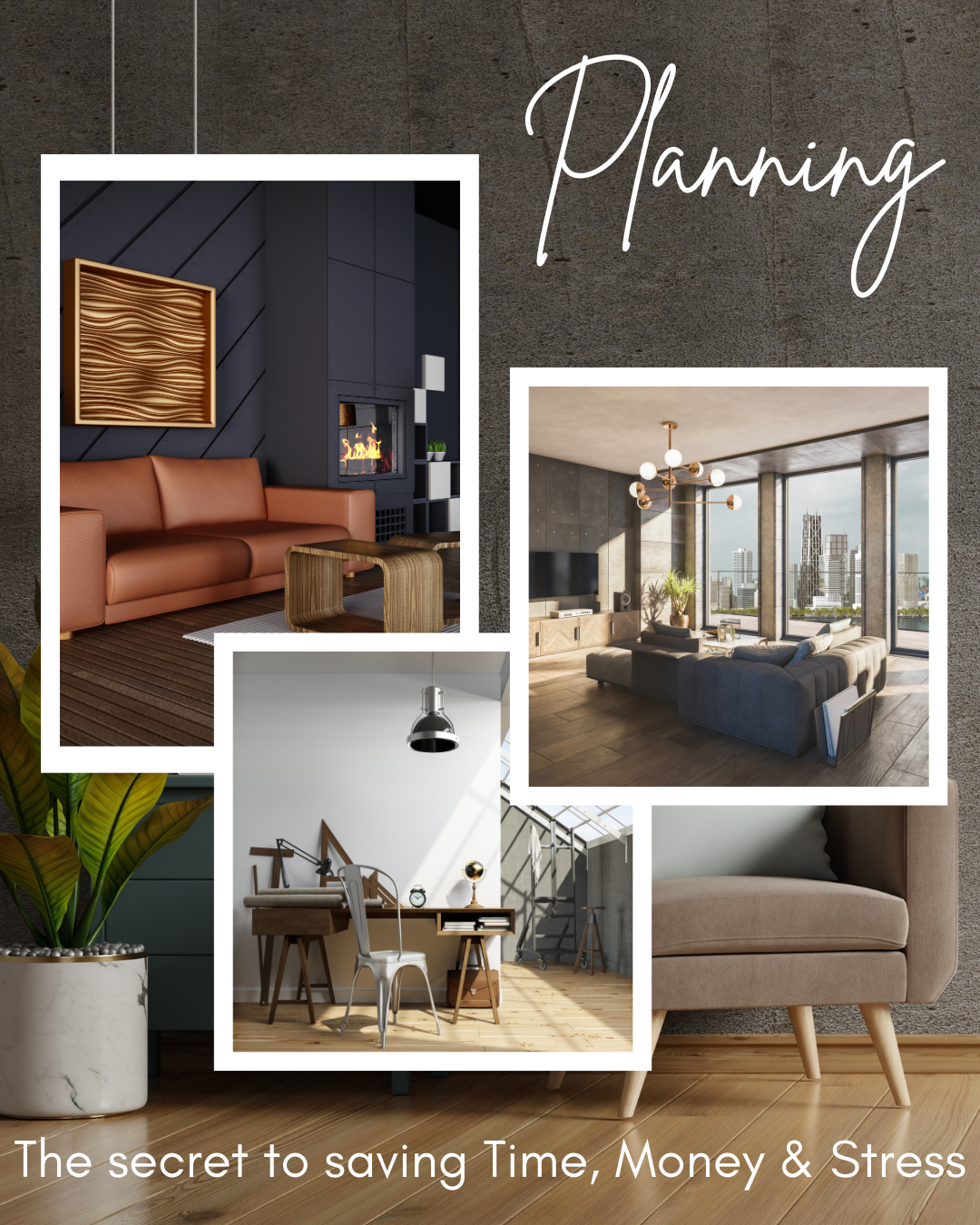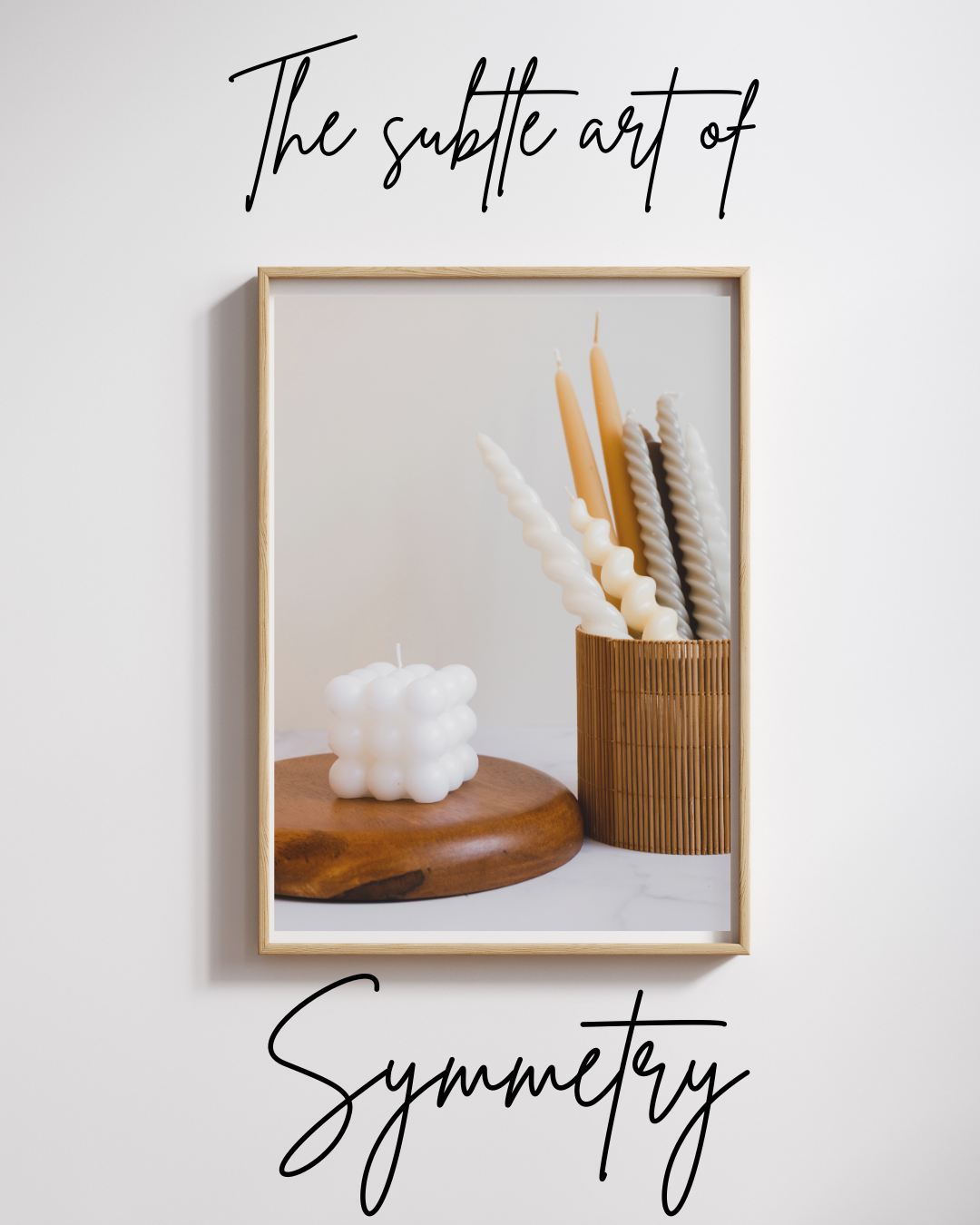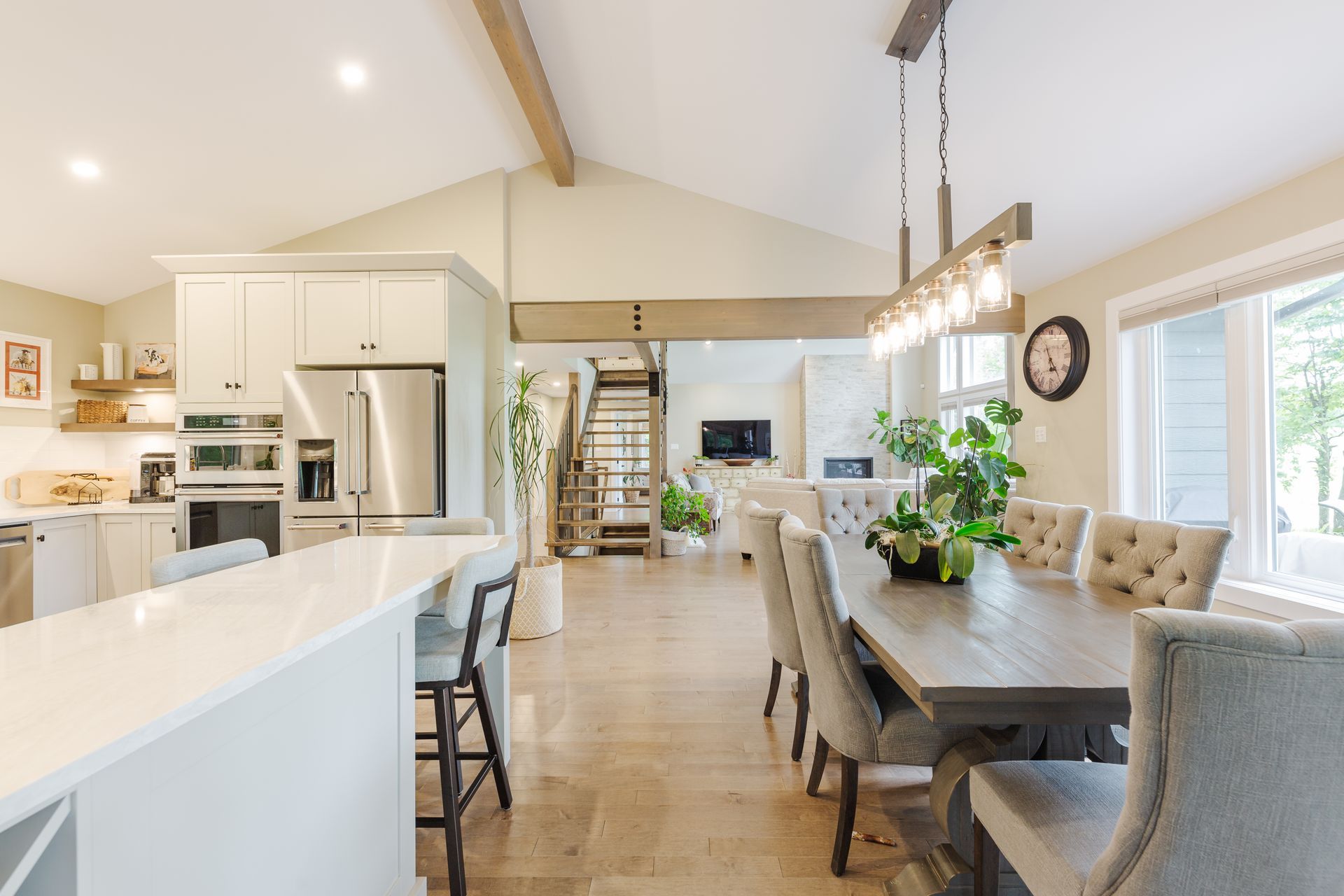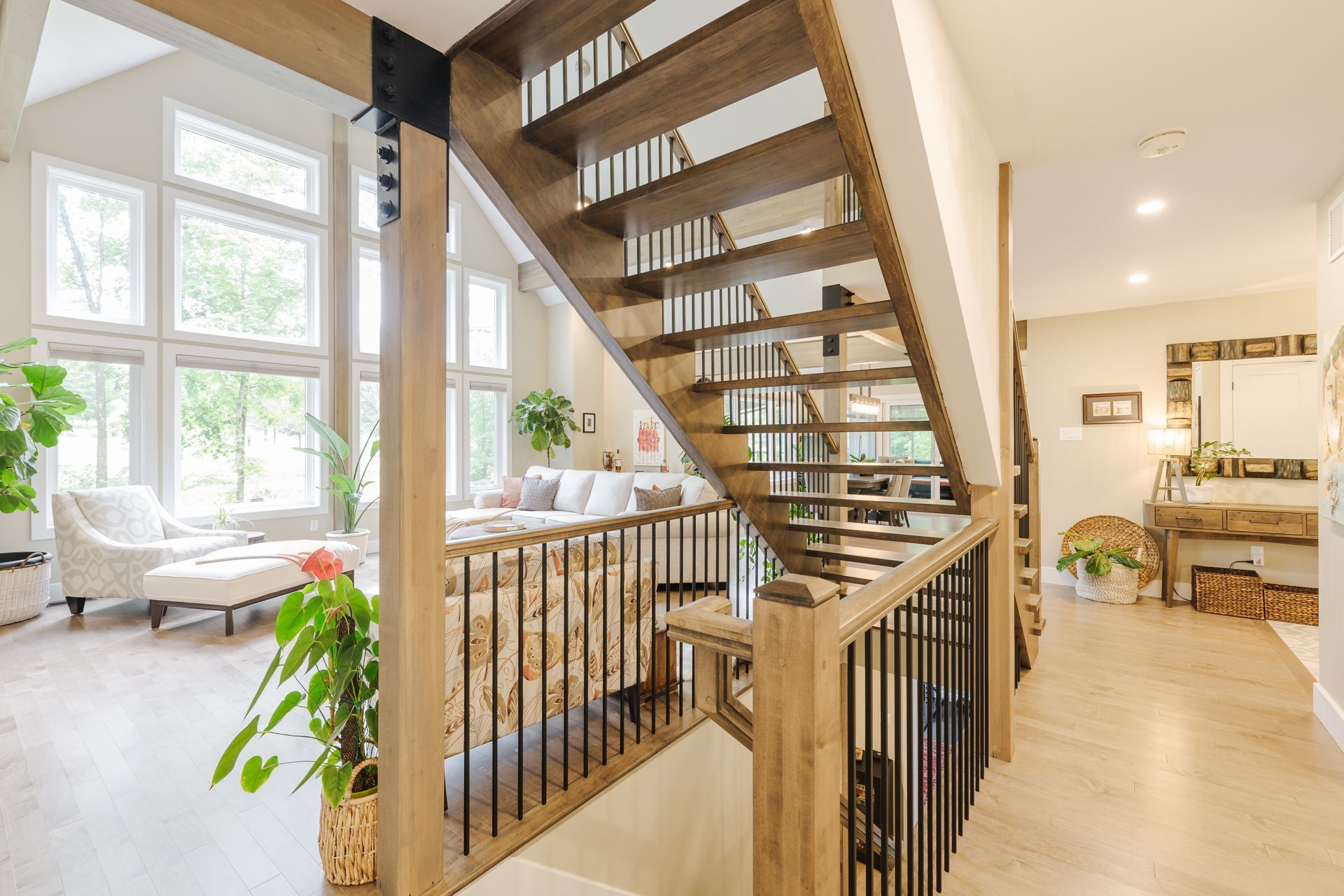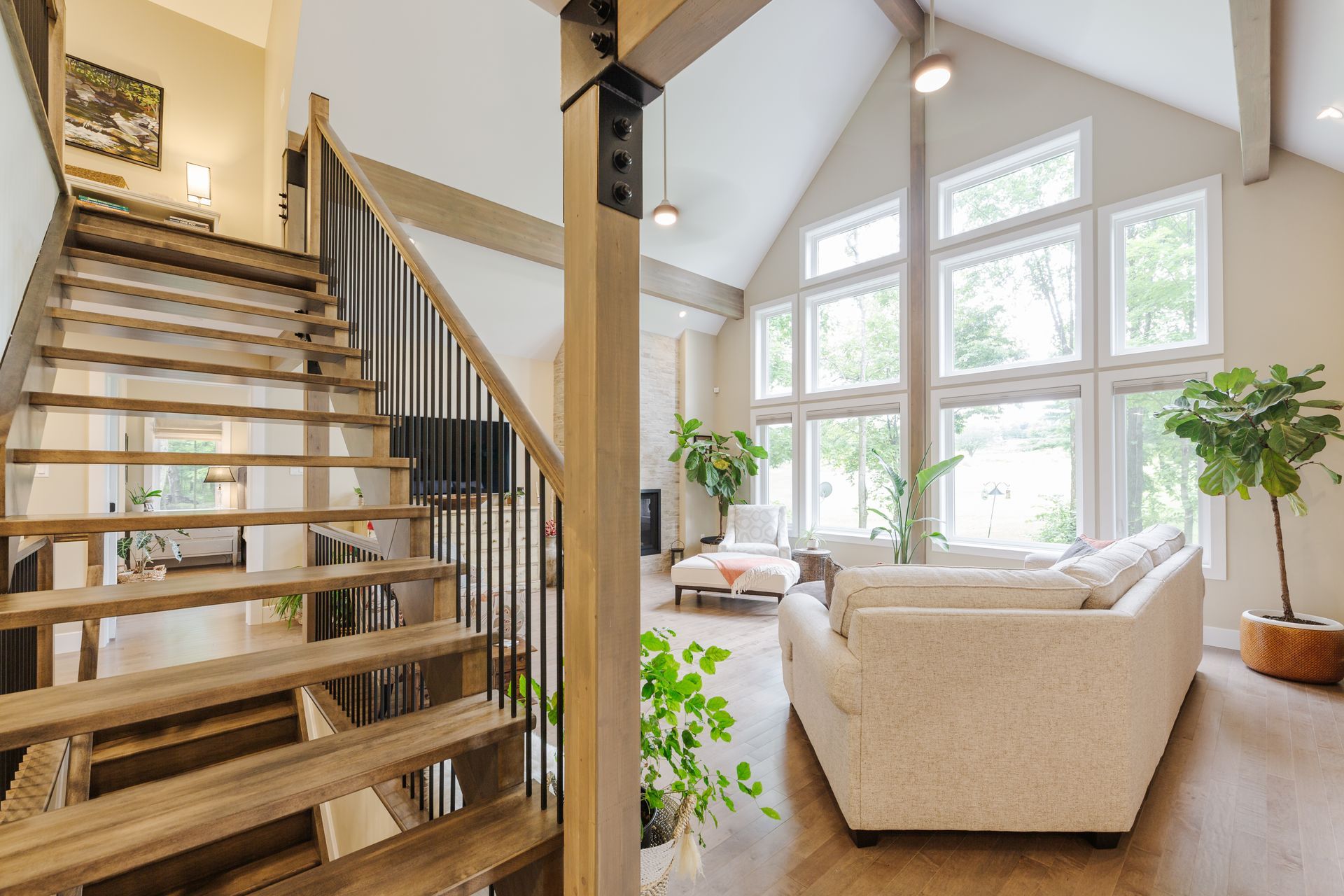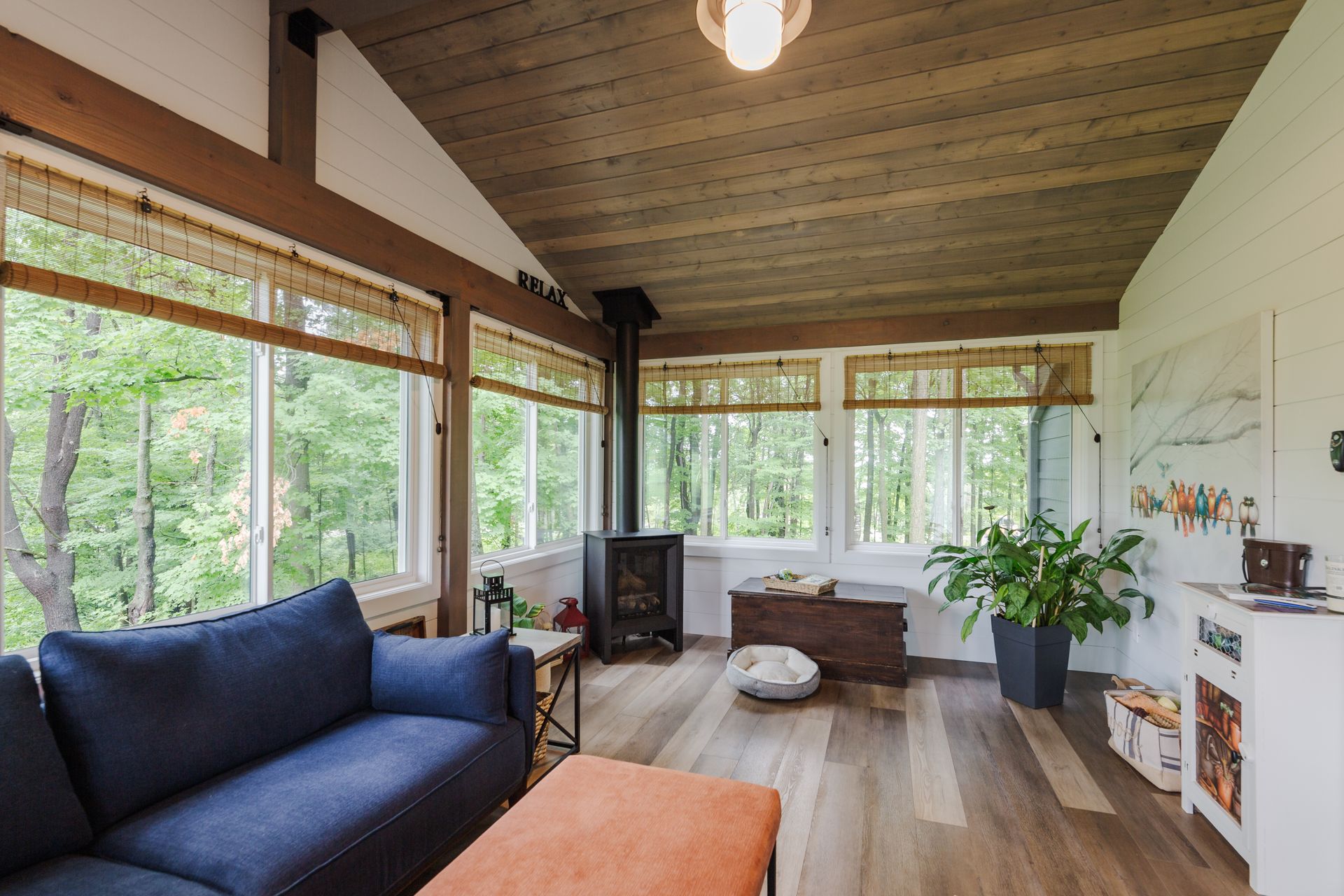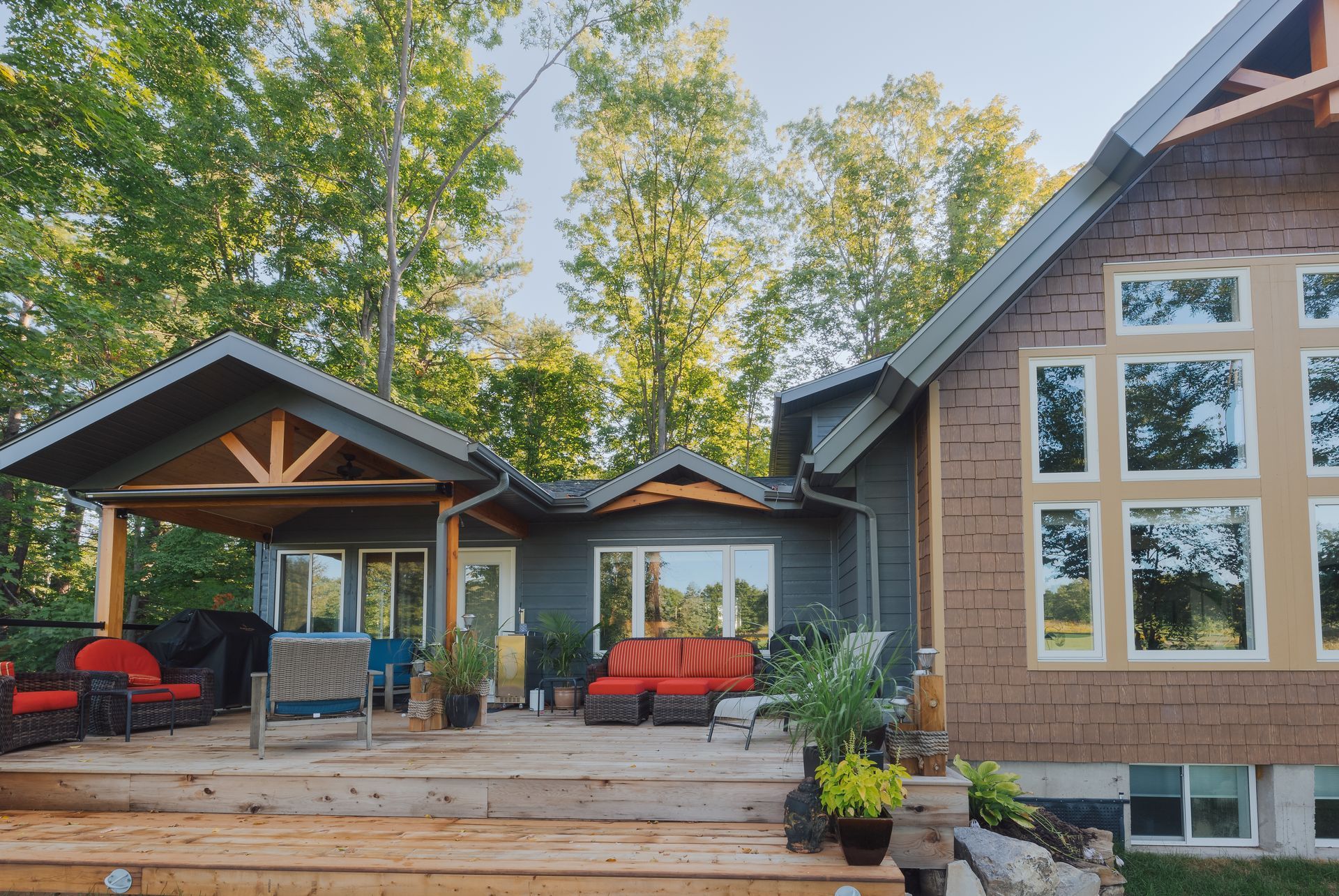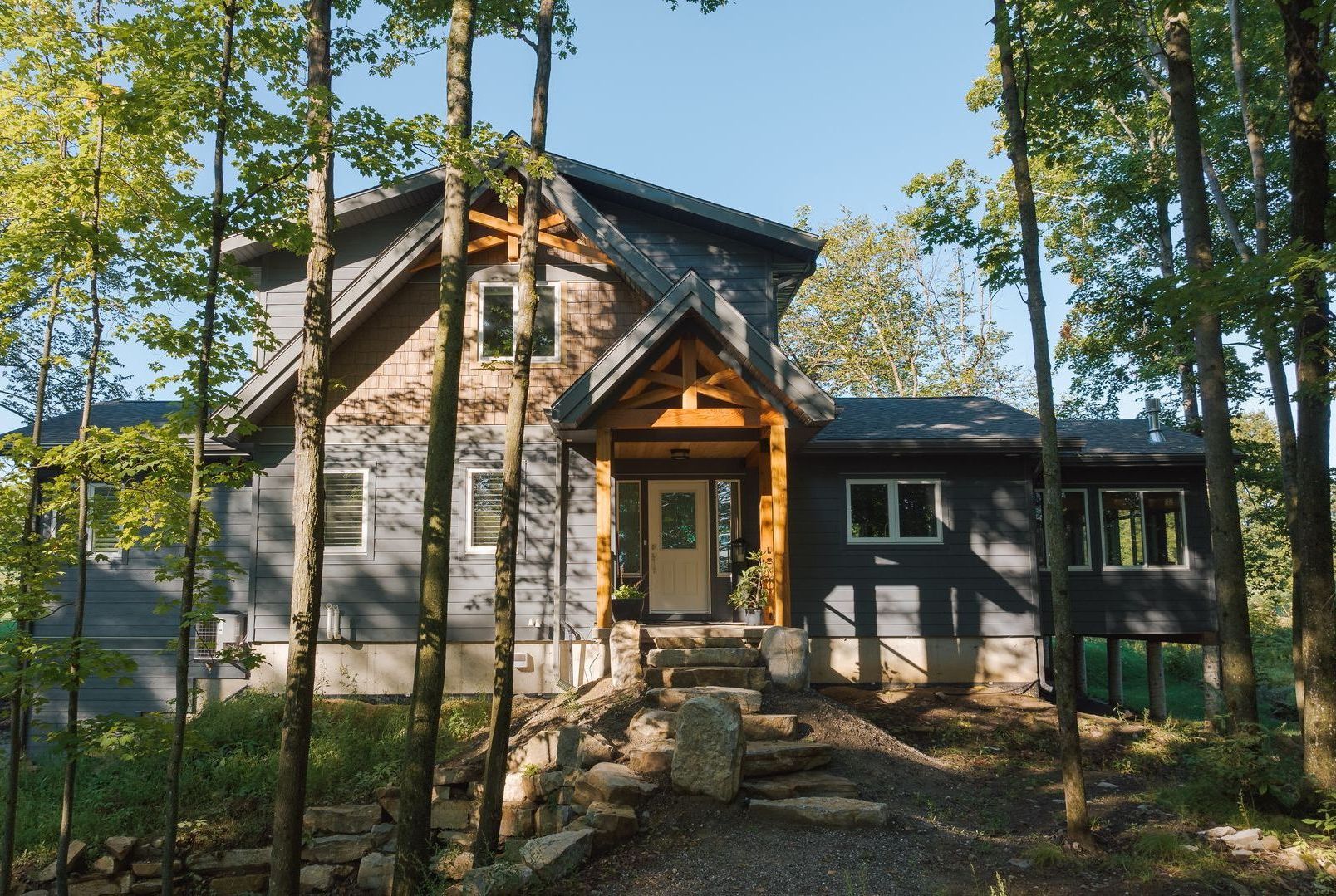Carpet, Hardwood and Tile: One Function - Different Moods
The flooring you choose is more than just a practical surface it’s a foundation for the mood and personality of every room in your home. Carpet, hardwood, and tile each bring their own visual and tactile qualities, setting the tone before a single piece of furniture is placed. Understanding their unique effects can help you design spaces that not only look beautiful but feel exactly the way you want them to.
Carpet: Comfort and Coziness
Carpet immediately conveys warmth and comfort. The softness underfoot creates a sense of relaxation and ease, making it ideal for bedrooms, family rooms, and other spaces where you want to unwind. Its ability to absorb sound adds to its cozy feel, reducing echoes and making a room feel more intimate.
Visually, carpet can range from plush neutrals that evoke calm, to patterned or textured designs that add a layer of personality. In colder climates, it enhances the physical warmth of a space, inviting you to linger. Carpeted rooms often feel more casual, making them perfect for creating welcoming, lived-in atmospheres where comfort is the priority.
Hardwood: Timeless Elegance and Warmth
Hardwood flooring strikes a balance between natural warmth and refined style. Its organic grain patterns and rich tones bring a grounded, earthy energy to a room while still feeling polished. Hardwood works beautifully in living rooms, dining rooms, and offices, offering a classic look that pairs with both traditional and contemporary interiors.
The mood hardwood creates depends on the finish and color. Light woods can make a space feel airy and relaxed, while darker tones evoke sophistication and depth. Because hardwood reflects natural light, it can make a room feel more open and inviting. Over time, it develops a patina that adds character, making it feel like part of your home’s story.
Tile: Fresh, Sleek, and Versatile
Tile flooring brings a fresh, clean energy to a home. Its smooth surface and cool touch set a crisp, modern tone, especially in kitchens, bathrooms, and entryways. Because tile is available in countless materials, ceramic, porcelain, stone, it can swing from minimalist and modern to richly textured and traditional.
Glossy tiles amplify light for a bright, energizing feel, while matte or textured finishes add depth and subtlety. Natural stone tiles, such as slate or travertine, bring an organic sophistication, while patterned tiles inject playfulness and personality. In warm climates, tile offers a cooling effect, giving spaces a breezy, resort-like mood.
Choosing for Mood and Flow
When designing your home, think about how each room should feel and how those feelings transition from one space to another. Carpet invites comfort and softness, hardwood offers warmth and timelessness, and tile delivers freshness and versatility. You might choose carpet in bedrooms for a cozy retreat, hardwood in living areas for a welcoming sophistication, and tile in high-traffic or moisture-prone zones for durability and brightness.
By intentionally pairing flooring material with the emotional tone you want, you create a home that feels harmonious, functional, and uniquely yours.
New paragraph
Lets work together to make your space beautifully livable!
